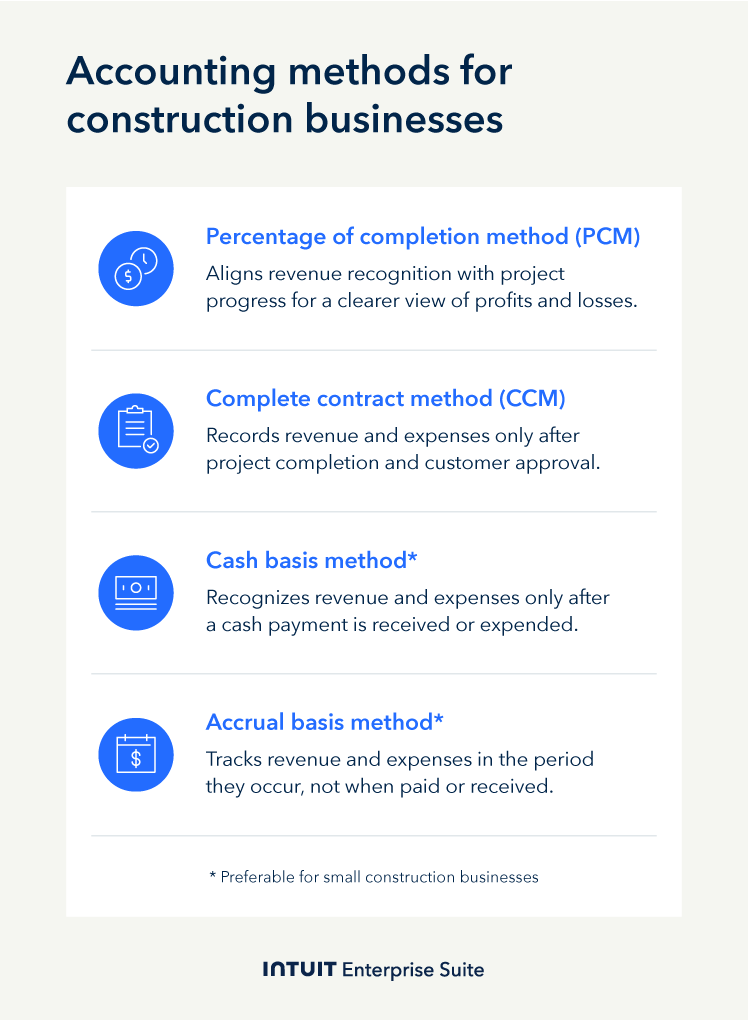1. Varying rates
Construction payroll wages can vary greatly depending on the location of the job, the size of the job, and the individual skill level of the employee. Common construction payroll wages range from minimum wage in some areas to more than $50 per hour for experienced workers such as carpenters or electricians.
Payroll also often includes a variety of bonuses, benefits, and other incentives, such as overtime pay or extra pay for hazardous working conditions.
Example: Imagine a contractor spends their morning laying foundation on a residential site and their afternoon welding steel beams several stories up. Because the second task involves greater risk and specialized skill, their hourly rate jumps from $23 to $47.
2. Davis-Bacon Act
The Davis-Bacon Act (DBA) is a United States law that requires employers to pay prevailing wages—the regional minimum pay requirement—on public works projects for laborers and mechanics.
The purpose of the Act is to protect local wages from being undercut by out-of-area contractors and construction workers. The Davis-Bacon Act applies to all construction projects under government contracts, including road construction, building construction, renovations, new construction, and painting.
Example: Say a contractor from another county typically pays their crew $25 per hour for concrete work, but the minimum pay in yours is $30. If that contractor took a public project in your area, they must raise their pay to meet the local rate.
3. Union payroll
Union payroll for construction businesses involves wage calculation and management and other benefits for employees who work on union-affiliated projects. It requires a comprehensive understanding of labor contracts and collective bargaining agreements, along with implementing appropriate payroll and taxes based on those contracts.
To simplify the process, follow these steps:
- Stay up to date with labor and union regulations
- Understand union benefits
- Communicate with unions
- Invest in payroll software
- Hire a union payroll expert
Example: Say you win a contract for a union-affiliated hospital project. Union agreements require you to pay your crew $35 per hour, plus benefits, including health insurance. Complying with the terms is necessary to avoid costly disputes and stay eligible for future union jobs.














